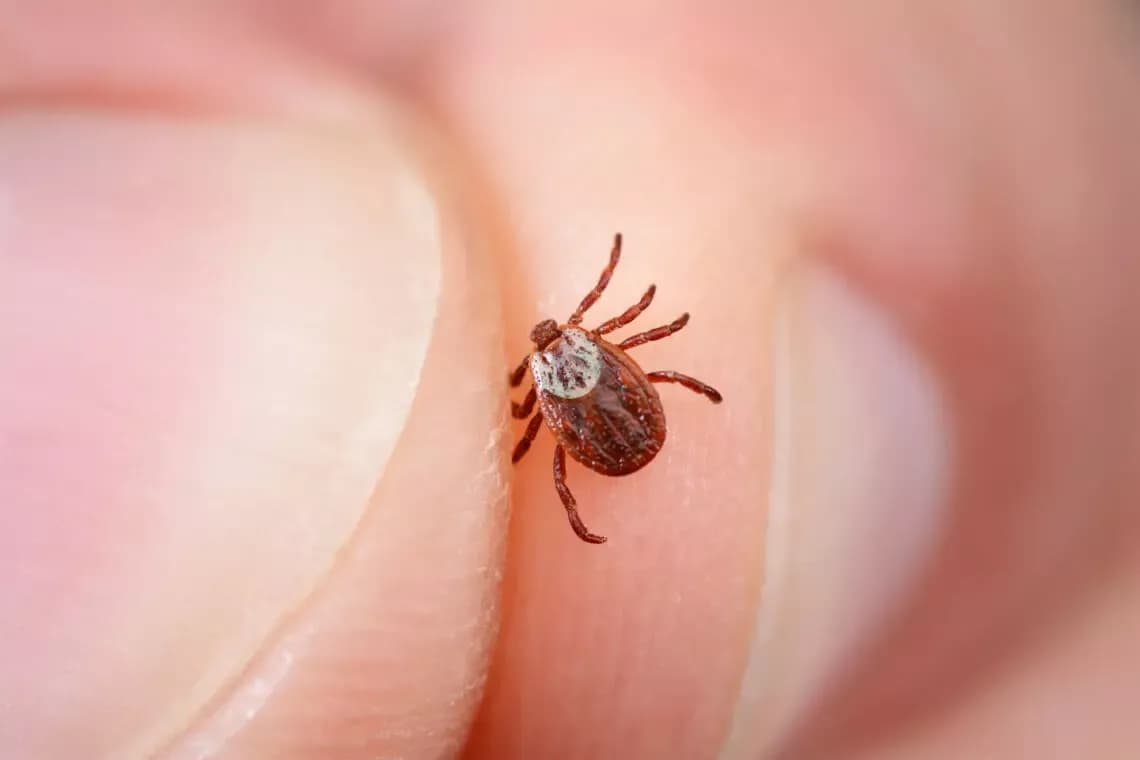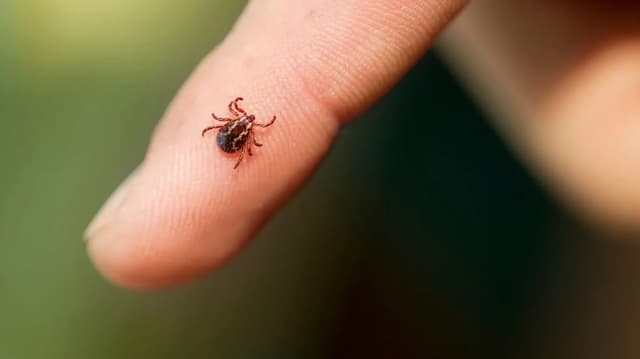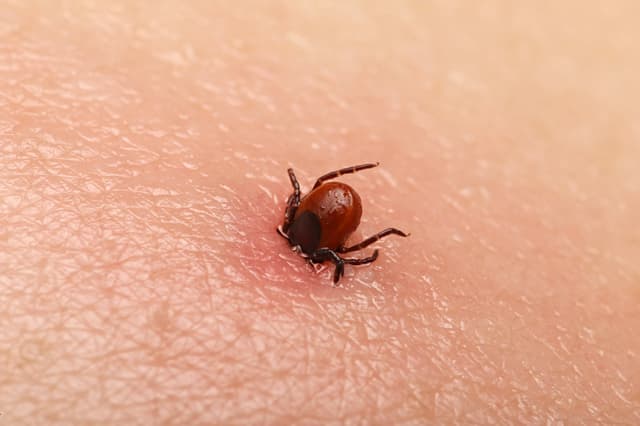Comprehensive Guide to Identifying and Testing for Ticks
By Admin
04/10/2024
Learn how to effectively check for and remove ticks after outdoor activities to prevent tick-borne diseases. This comprehensive guide provides step-by-step instructions for identifying ticks, conducting a thorough body check, and maintaining tick-free clothing and gear.

Ticks are small but potentially dangerous pests that can carry serious diseases. Identifying and removing ticks promptly is important to minimize health risks. Here is a step-by-step guide to effectively checking for ticks after spending time outdoors.
Understanding the characteristics of ticks
Ticks vary slightly in appearance, but they generally have similarities in shape, size, and color. Ticks are typically reddish-brown, oval, and about ¼ inch long. After feeding, they swell and can grow up to ½ inch long, with a more raised appearance. Due to their small size, it can be difficult to immediately detect tick bites, making regular inspections necessary.
Steps to Check if You Have Ticks
1. Perform an immediate scan
Before entering your car or home, do a quick body scan for ticks. Focus on areas that may have come into contact with tick habitat, such as your wrists, ankles, and feet. Don’t forget to check your shoes. If you’re traveling with someone, check each other’s necks, backs, and clothing. If you find a tick, follow the CDC’s guidelines for safe tick removal. This will help prevent bringing it into your home.
2. Perform a thorough inspection
After a few hours, do a more thorough body check. Remove all your clothes and use a full-length mirror to check hard-to-see areas like your back and calves. Ticks like warm, dark places, so pay special attention to your armpits, groin, and behind your knees. For people with long hair, check your scalp and behind your ears for lumps. Do this over a sink or bathtub to avoid ticks falling onto clothing or carpeting. If you have pets, check their fur and skin and consult your veterinarian if you find any ticks.
3. Check your clothes
After undressing, shake your clothes in the bath or shower to remove any ticks. Pay extra attention to socks, shoes, and pant legs. Wash and dry your clothes immediately according to the manufacturer's instructions. The heat will kill any remaining ticks. Repeat this process with other washable items such as blankets and camping towels.
4. Check your belongings
Ticks can attach themselves to items near their hosts, including clothing, pet hair, bags, and belongings. Check purses, backpacks, camping gear, and picnic baskets. Don’t forget to check the interior of your car, especially the seats and floor mats, for ticks trying to reach you.
5. Take a hot bath
After completing the above steps, take a hot shower to wash away any undiscovered ticks. Use this time to do a more thorough inspection of your body and hair.
Constant vigilance
Ticks are very small and may not be noticed for several days. Even if you are confident that you have removed all the ticks, remain vigilant for several days. If you notice any rash or symptoms after a tick bite, consult your doctor. The CDC recommends that you seek medical attention if you develop a rash or fever after a tick bite.
Regular tick checks and prompt removal are important to prevent tick-borne diseases. By taking these steps, you can effectively protect yourself and your family from ticks and enjoy outdoor activities with peace of mind.
Essential Vietnamese Phrases for Tourists: A Guide to Communicating in Vietnam
By Admin
04/10/2024
Start your Vietnam adventure with confidence by mastering key phrases that will enhance your travel experience. While fluency is not required, knowing essential expressions can improve your safety and interactions with locals, providing a deeper connection to Vietnam’s rich culture. From basic greetings to directions, these phrases will help you communicate effectively and show respect for local customs. Take the opportunity to enrich your trip by engaging in Vietnam’s vibrant language and traditions.
Mẹo an toàn thực phẩm và nước uống thiết yếu cho du khách ở Việt Nam
By Duc Anh
04/10/2024
Culinary Journey
Khám phá những mẹo quan trọng về an toàn thực phẩm và nước để nâng cao trải nghiệm du lịch của bạn tại Việt Nam. Tìm hiểu cách chọn lựa các lựa chọn ăn uống an toàn, xử lý sản phẩm tươi sống và điều hướng an toàn nước để có một chuyến đi không phải lo lắng.
Ways to prevent ticks and lice
By Duc Anh
04/10/2024
Learn effective ways to minimize exposure to ticks and protect against tick-borne diseases. Discover how to prevent tick bites before and after outdoor activities and implement landscaping techniques to create a tick-safe environment around your home. Stay informed and safe during peak tick activity months.
Comprehensive Guide to Tick Bite and Lyme Disease Prevention
By Admin
04/10/2024
Discover effective ways to prevent tick bites and Lyme disease with our comprehensive guide. Learn about personal protective behaviors, the importance of regular tick checks, and how to use effective tick repellents. Discover insights into tick behavior, best practices for tick removal, and safe repellent options for maximum protection during outdoor activities.




